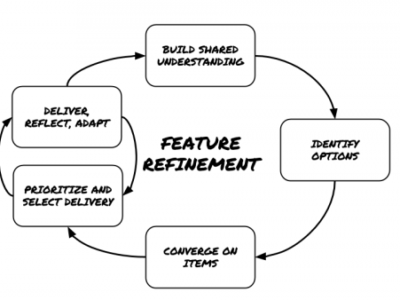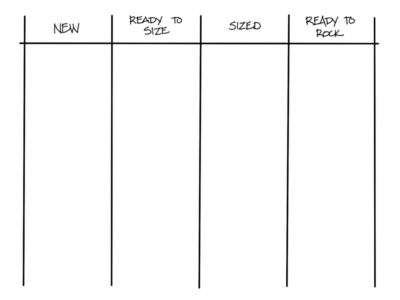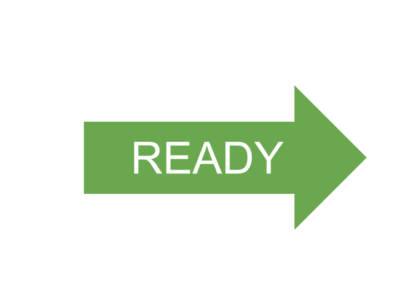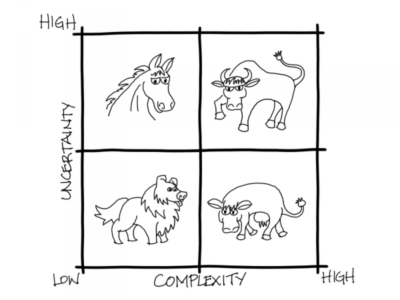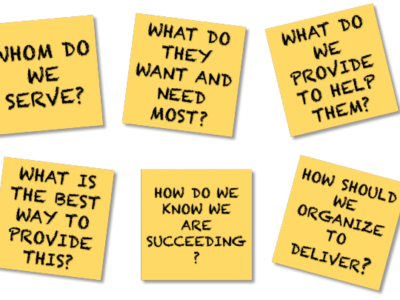How To Refine Features
I recently wrote an article to explain how I describe user stories. Since I published that article, I’ve received a request for more information on feature refinement, so I thought I would describe how I approach that in a bit of detail. What is a Feature Before I dive in too deep it’s helpful to …
